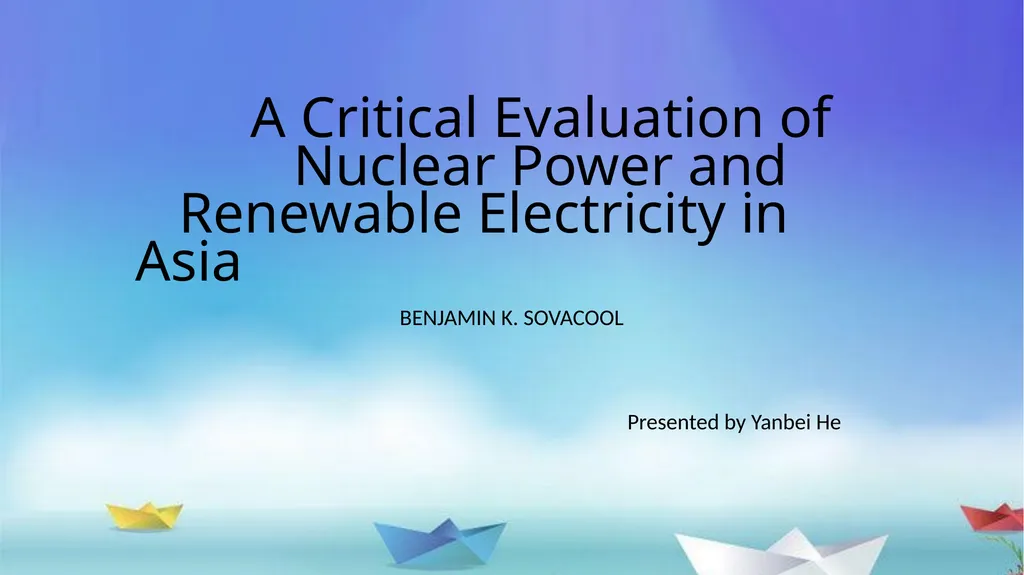
A Critical Evaluation of Nuclear Power and
Author: yoshiko-marsland | Published: 2025-08-08
Description: A Critical Evaluation of Nuclear Power and Renewable Electricity in Asia BENJAMIN K. SOVACOOL Presented by Yanbei He background Energy use around the world is lopsided Transportation is expensive Unable to manufacture cost-effective fuel
Download Presentation
Download the PPT/PDF: Download
Transcript:
Loading transcript…